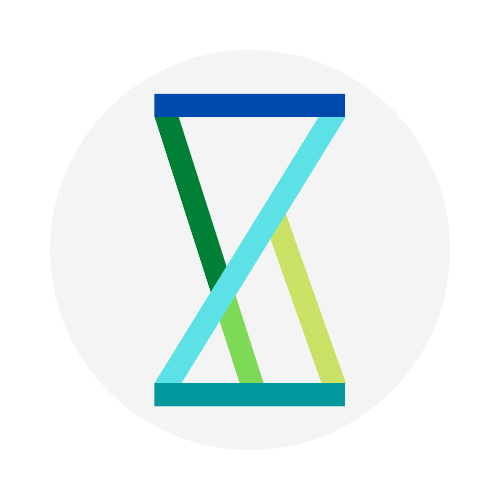AI and Energy 1: How to Build a Future-Oriented Solar Farm Empowered by AI

(Artificial Intelligence)
With the advent of AI (artificial intelligence), various industrial sectors are entering into a new era of AI application. While we are impressed by the advanced AI tools like ChatGPT and Midjourney, many companies are increasingly incorporating AI into their products and processes. In the energy sector, there are numerous possibilities that AI can offer. This article is the first in a series on AI and Energy, where I will explore the application of AI in energy generation, using large-scale solar PV plants as an example. I will investigate the potential for AI application in the entire process, including development, construction, maintenance, and beyond.
To construct a large solar plant, several stages must be considered, including early development, securing permission, identifying a connection point, preliminary design, engineering, equipment procurement, construction, commissioning, final connection, operation, and maintenance, etc. Many of these stages require experienced professionals like engineers, business developers, and purchasers. However, AI tools can provide additional possibilities.
Development
During the development stage, several factors need to be considered, such as land, finance, permission, grid connection, preliminary engineering design, and more. Many of these tasks require a lot of data input and manual analysis by engineers to identify the best site for the project. With AI, much of this work can be simplified. Imagine an AI-empowered system where you only need to input the location of the proposed solar farm. A score would appear on your screen, much like a credit score, providing all the necessary information, including weather conditions, community data, permission process, energy demand, nearest connection point, and the feasibility of grid connection. The system could even provide a preliminary design for the solar plant that only requires expertise review, thus reducing the costs and time required to identify a suitable site and design the plant.
Engineering
Once the land and permissions are secured, the next step is usually the engineering phase, including plant design, which is the most important stage. While many software programmes offer a wide range of services and calculations, there are currently no AI-powered tools available. An AI plant design tool would be highly beneficial, using data from weather conditions or OND files, as well as other plant designs with similar characteristics, whether nearby or remote. The tool should also provide recommendations based on performance data from different system components.
Procurement
During the procurement stage, AI can be used to analyse data on market trends, prices, and quality, as well as monitor equipment performance so that companies can make informed decisions about procurement. The tool could automatically output important data, such as calculating LCOE under different assumptions, so that the finance and procurement teams can make better decisions. AI can also be used to monitor the performance and price of service subcontractors.
Construction and Connection
Although AI applications in project management tools are already evident, a systematic reform during the construction phase is still necessary. AI can be used during this stage to monitor contractor performance, highlight potential issues, and transform it from a passively reactive tool to a powerful, proactively preventative tool that can automatically input data, monitor processes, provide suggestions, and avoid potential risks simultaneously. It can also be integrated with IoT devices on the equipment and materials to provide predictive advice on the construction project. AI can also be used with IoT sensors on the equipment to test performance and identify potential issues during the commissioning and connection phase.

(Rooftop solar project construction)
Operation and Maintenance
When a solar plant is connected and in use, the responsibility of maintaining the plant usually falls on the O&M companies. AI can be a powerful tool for these companies in the following ways. Firstly, AI can be used to optimise the performance of the system: the algorithms can automatically control and optimise the integration of the generation plant into the power grid and also make predictive maintenance requests, whether they require human intervention or sub-string level MPPT (Maximum Power Point Tracking) optimisation. Secondly, AI can significantly reduce O&M costs: together with modern technologies like CCTV and IoT sensors, zero-human O&M can be expected. There is only minimal need to perform routine maintenance while the team can monitor the system hundreds of kilometres away. However, it is different from what we currently call “Smart O&M,” as the underlying logic is the AI-powered tool that makes preventive and predictive suggestions rather than just monitoring performance remotely. Additionally, AI can be used for energy forecasting and integrated directly with the energy trading system from the generation side. Of course, with more and more PV + battery co-located sites being built in recent years, AI can also monitor and adjust the energy connected to the grid, particularly for those seeking opportunities in the spot market, and also ensure grid stability.
In general, this article analyses the application of AI in different phases of energy generation, taking a solar PV plant as an example: from early development, engineering services, procurement and construction, to operation and maintenance. Clearly, with the increasing application of AI, the energy generation sector can improve efficiency, reduce costs, and increase the feasibility of renewable energy as a reliable source of energy generation on the grid. It will undoubtedly help to build and accelerate the transition to a clean energy future in the coming years.

0 Comments